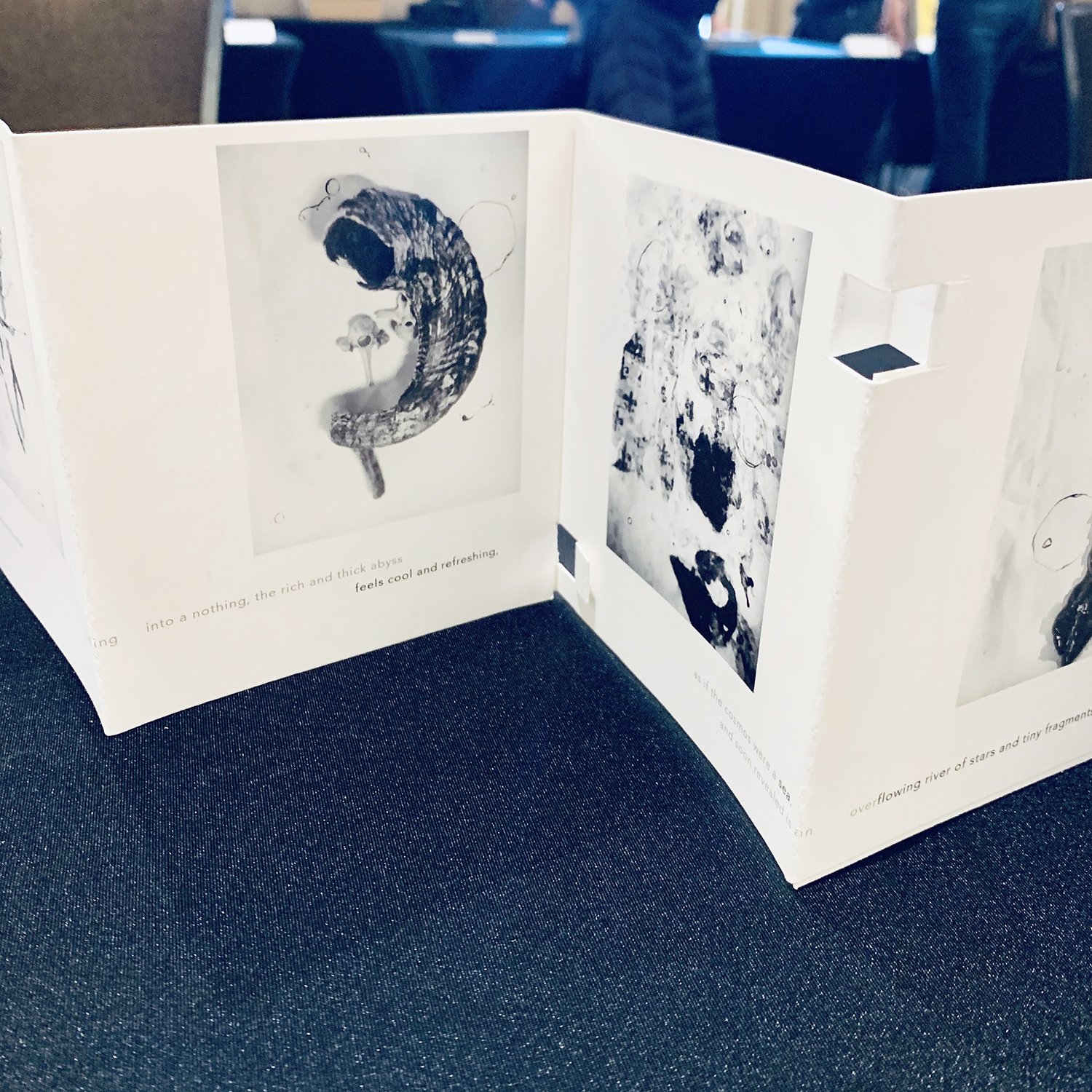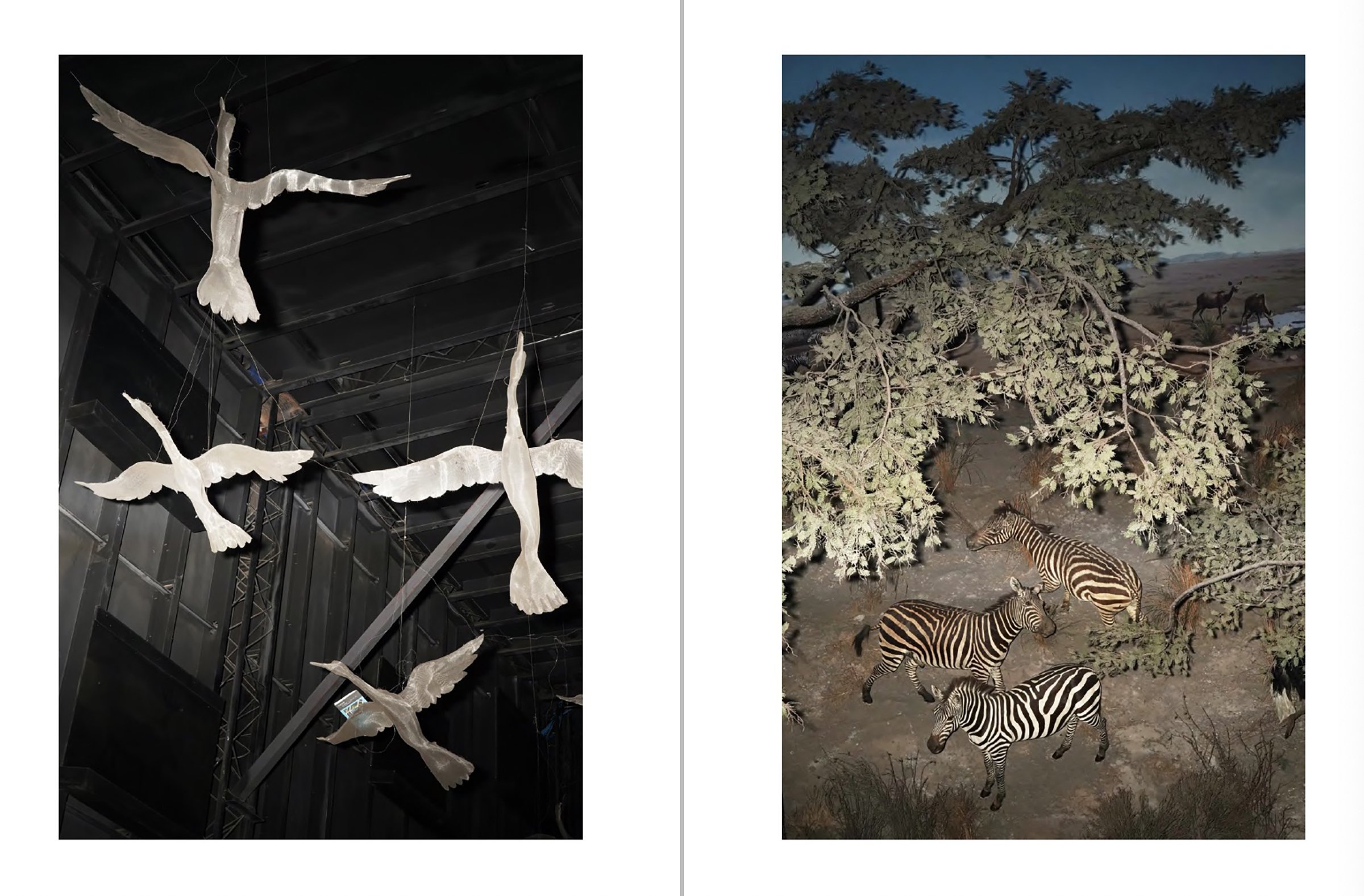ARTIST BREAKDOWN P.III: UnBound11!
UnBound11!
ANNUAL JURIED + INVITATIONAL EXHIBITION
July 1 - August 6, 2022
Follow along over the next few weeks as we spotlight works currently on view at Candela Gallery. This summer group exhibition is our annual open call and is dedicated to featuring a wide range of photographic artworks, fine art photography, and artist books. We are proud of UnBound's mission to generate opportunities and exposure beyond the traditional group or juried show by providing a collection opportunity for artists. All funds raised throughout the show, help us reach our 2022 goal of 10k to support participating artists by acquiring work into the Candela Collection, which will one day be donated to an institution. Visit our shop to give, purchase the exhibition catalog, and/or snag some Candela merch. 100% of the proceeds raised will go towards supporting participating artists.
ADAM CHIN
Kiss #17, 2021. Selenium-toned Gelatin Silver Print, 10 x 11.5 inches each. Edition 2 of 10. $1500
Can a machine create an image with human emotion?
Each diptych in Photobooth Kiss contains a photograph of a couple looking at the camera and a second image of the same couple kissing. The second image is made by a custom-built Artificial Intelligence program; it is an attempt to make a new “photograph” of the original couple kissing.
A Machine Learning neural network was trained on a database of couples in photobooths. Photobooth strips of 200 couples were collected and two photos from each strip were used in the training: a non-kissing photo and a kissing photo. The neural network “learned” what a non-kissing couple looks like when they kiss. Once trained, a previously unseen photograph of a non-kissing couple is input into the neural network and the program then predicts and renders a photograph of the couple kissing.
While the AI images in Photobooth Kiss fall short of their goal of being a new “photograph,” the images in this series demonstrate that it is technologically possible. If this technology succeeds, AI will have the ability to create photographs of kisses that may not have actually happened, and by extension, events that may not have happened. For now, the question still remains whether an AI generated “photograph” will ever be able to make a genuine kiss. Will it be able to capture a true intimate moment between two people?
Who are these couples in the photobooths? Some are friends, some are friends who are no longer with us, others are strangers. The subjects were chosen for their diversity in sexuality, ethnicity, and time period — to challenge our assumptions of who may or may not be kissing. We may never know if these couples actually kissed in the photobooth that day. Photobooth Kiss constructs an alternative photographic reality where indeed, the two did kiss.
RACHEL COX
House 2, 2020. Toned Cyanotype, 9 x 10 inches (Print); 11 x 12 inches (Framed). AP 1 of 3. $750
House 4, 2020. Toned Cyanotype, 9 x 10 inches (Print); 11 x 12 inches (Framed). Variable Edition 4 of 5. $750
Recently I have been exploring the idea of what a home is; what this term means for myself and for others, and the unique ways Americans view the home as an institution signifying wealth, prosperity, and harmony.
I work with cyanotype, a historical photographic practice once used widely for documentation of worldly specimens and architectural blueprint drawings. This notion of the blueprint, or plan, was adopted as part of my process when building the sculptures which would become the houses I photograph.
The homes in these works are a metaphor; a construct that possesses the ability to shape people’s minds and understanding about the world. I explore the idea of the home as not only a symbol of prosperity, but as an institution, where practices of tolerance and empathy vary widely. Each singular house suggests a type of suburban dwelling from a variety of regions. The houses are flimsy monuments to the hard work and perseverance once thought required for their possession. Yet, the transitory nature of their design suggests the potential for reconfiguration.
TARA CRONIN
Stars, Dust, and Nebulae, 2019/2022. Archival Pigment Prints on Awagami Factory “Shiramine Select” paper, Awagami Factory “Hakuho Select” Paper, Archival Pen, Stone. Text excerpts from book Project, “Places Not Allowed Entrance.” Closed: 6 x 6 x 4.75; Open: 6 x 4.75 x 35 inches. $800
I tend toward making work about the inner worlds that enrich many of our daily lives. Having experiences that have shaped me in such a way that I cannot ignore the majesty of our human experience and the natural world surrounding us, I am fascinated by the clash and contrast between our personal ""inside"" views through which we walk through the ""outer"" world that is our daily experience.
It fascinates me because it is not a clash at all but in fact quite a beautifully orchestrated symbiosis.
This contrast preoccupies me — the seeming contrast between the world of the anatomical, the physical, the natural world around us, and that of the emotional/spiritual/psychological - of our everyday. For me this is not a contrast at all, but two parts of a whole in harmony, on a micro and macro level, connecting further out into the universe so far as we know.
The mind and body will never be separate. Beneath our consciousness we are so much and yet something nearly invisible - Beneath our Humanity, our Stories, we are Blood, Sinew, Synapse, Bone, and vice versa.
In traversing my life’s path I've come to find a fascination and appreciation for the things, the roots and origins of what brings commonality rather than divides us. One of those items I love to explore is the idea of Language. Language, at root is a form of communication, that can be found in many forms. There are many non-verbal languages; of history, of the land and natural world around us. There are chemical languages within our bodies and one we still cannot quite describe but some call it dark energy, tying together the entirety of our cosmos.
It is through these concepts of which I am in awe that I try to also bring to light how incredibly important they are to explore.
DAVID DE LIRA
The Two Brothers, 2022. Archival Pigment Print, 24 x 20 inches. Open Edition. $500
Queerness represents the nucleus of my work, my own embodiment, and the subjects of my photographic gaze. My subjects share my body, and I theirs. The physicality and camaraderie between my Self and the Self of my subjects enables a casual intimacy and vulnerability, intended to translate into a shared familiarity with my audience.
My intimate relationships are with those other than myself--with large, older, white bodies that contrast against my youth and my small brown skin. My husband, my friends, and my lovers embody white American masculinity; my brown Mexican body exists within the concentric circles of privilege. Who am I to them? And what are they to me? I have no answer, and I may never. My work interrogates the seams and sutures between my body and theirs.
TIELIN DING
Beyond the Surface, 2020. 56 pages, 240mm x 320mm. Open Edition. $46
Born in 1996 in Chongqing, China. Tielin Ding is a flâneur, observer and interdisciplinary artist based in NYC whose diverse practice involves working with playful objects, indeterminate traces and movements to create performative actions. His application of the methodology of “Mapping” and “Walking” gives him more opportunity to reflect on invisible systems within urban and natural spaces. Under the practice of way-finding, mark-making and game-changing, he has been very interested in drifting in the field of language and space, risking getting lost from point A to point B. He studied architecture engineering at Beijing University of Civil Engineering and Architecture for his bachelor and MFA in photography at Parsons School of Design, The New School in NYC.







